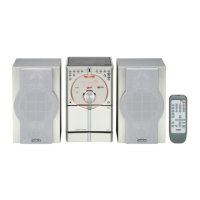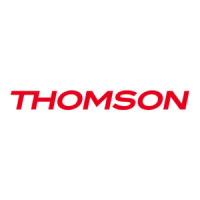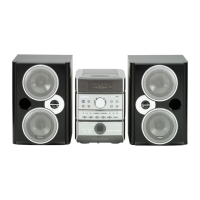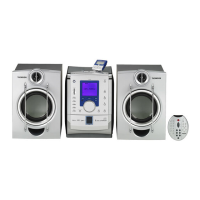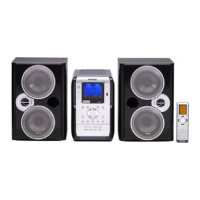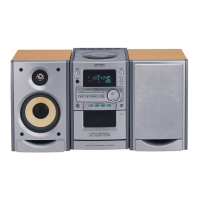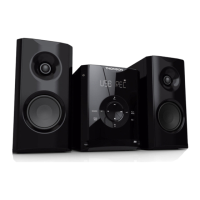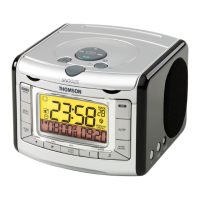EN
Safety Information
UK Plug Information
CONNECT THE MAIN LEAD INTO A MAINS
POWER SOCKET
POWER SUPPLY 230V. It must not be connected
to D.C. mains.
Note: The mains lead of the set is fitted with a
moulded plug. If the mains socket are not
compatible or if for any reason the plug is
removed please follow the directions below. The
moulded plug cannot be rewired and if removed
must be disposed of safely.
DO NOT under any circumstances plug the
severed plug into any mains socket as this could
result in electric shock.
Important: If the plug is removed, rewire the
new plug as follow:
The wires in the mains plug are coloured in
accordance to the following code:
BLUE = NEUTRAL/BROWN = LIVE
If the colours of the wires in the mains lead of
this apparatus may not correspond with the
coloured markings identifying the terminals in
your plug, proceed as follows:
BLUE wire to the terminal coded N (Neutral) or
coloured black.
BROWN wire to the terminal coded L (Live) or
coloured red.
DO NOT make any connection to
the terminal in the plug which is
marked
by the letter E or by the earth
symbol or coloured green or
green and yellow.
A fused plug must be
fitted with a 3A fuse
approved by ASTA or
BS1362 and fuse covers
must be always be
securely replaced. If
you set does not work,
the fuse may be
blown.
WARNING:
TO PREVENT FIRE
OR ELECTRICAL
SHOCK HAZARD,
DO NOT EXPOSE THIS PRODUCT
TO RAIN OR MOISTURE.
